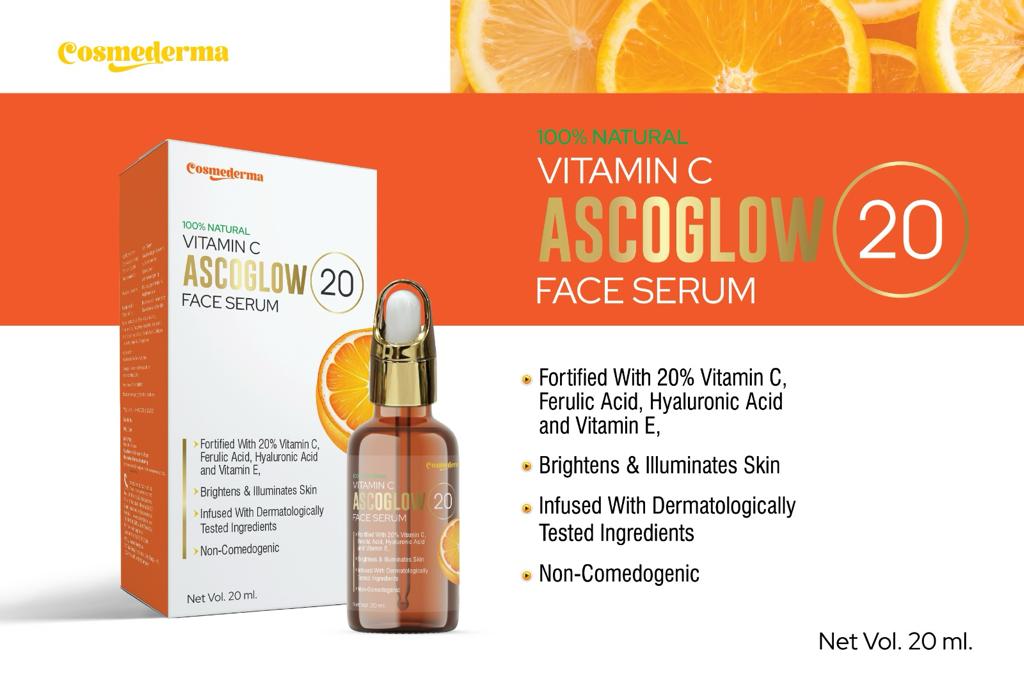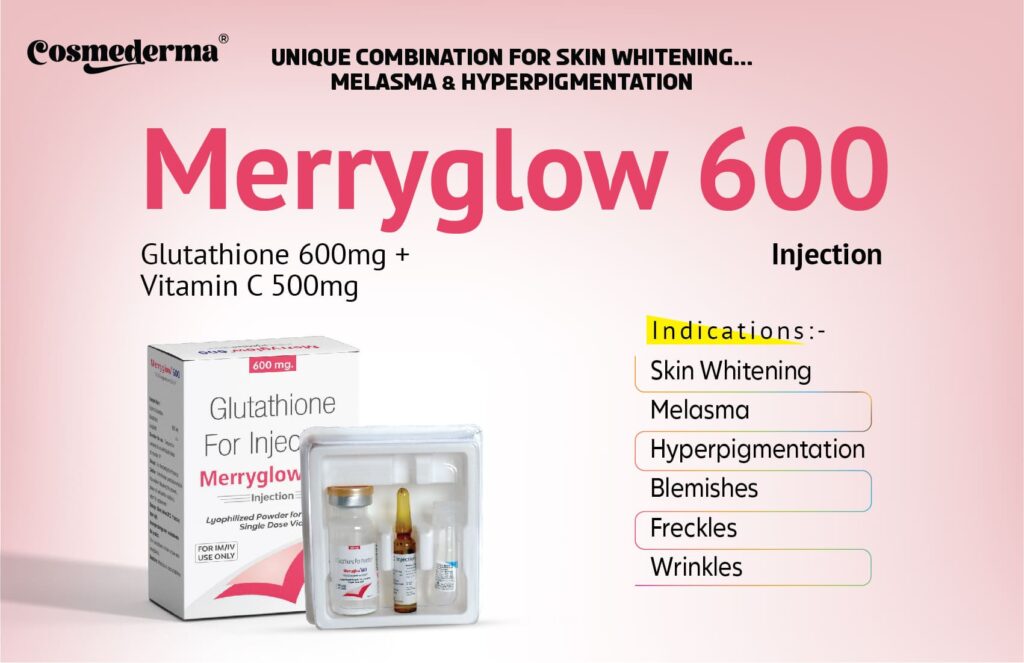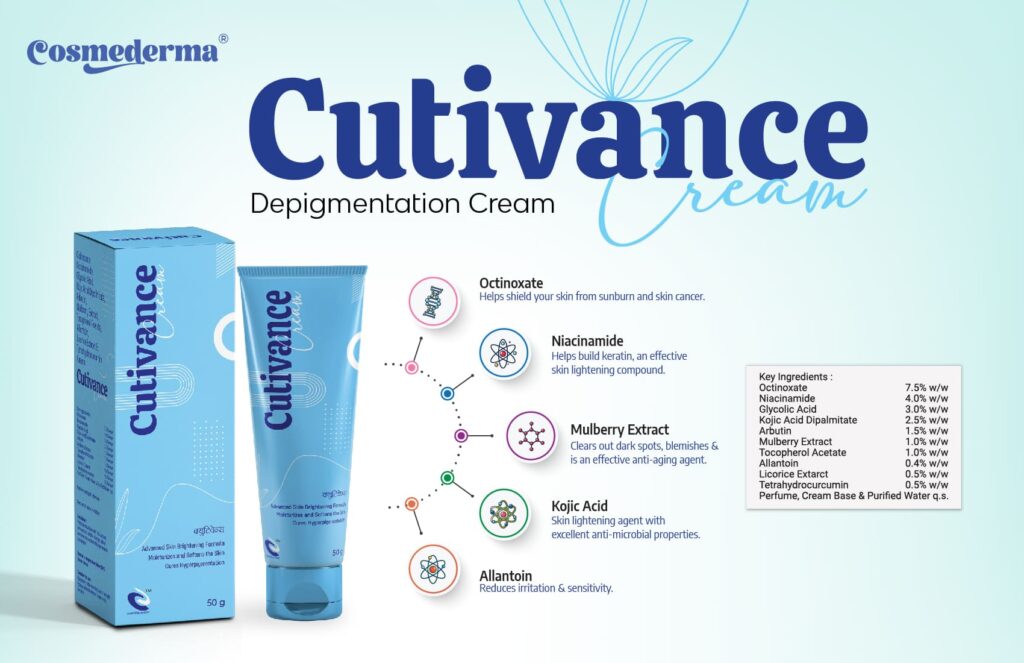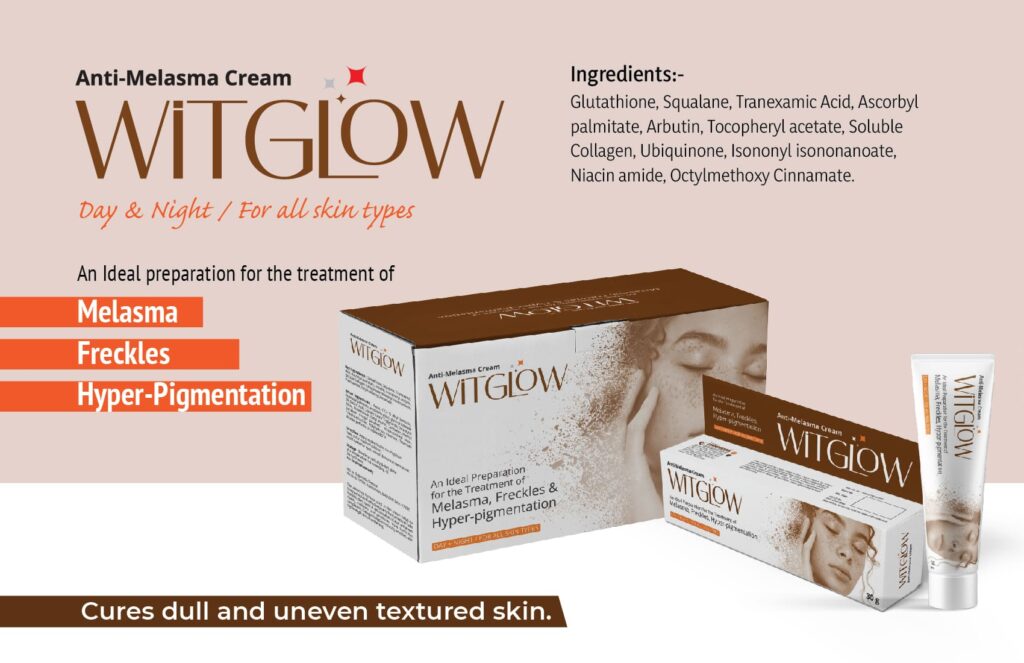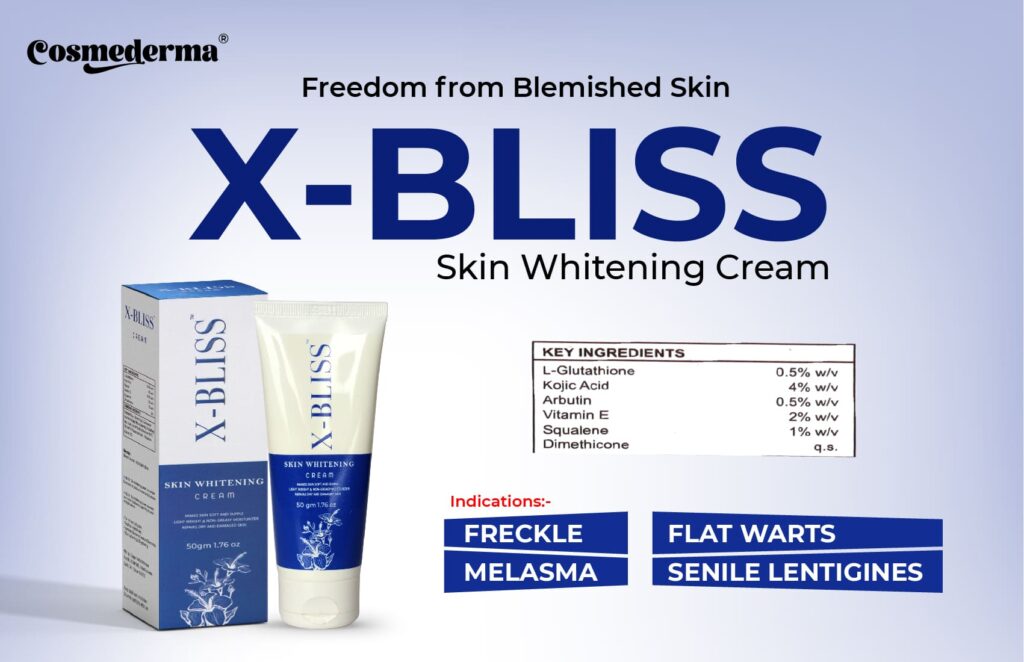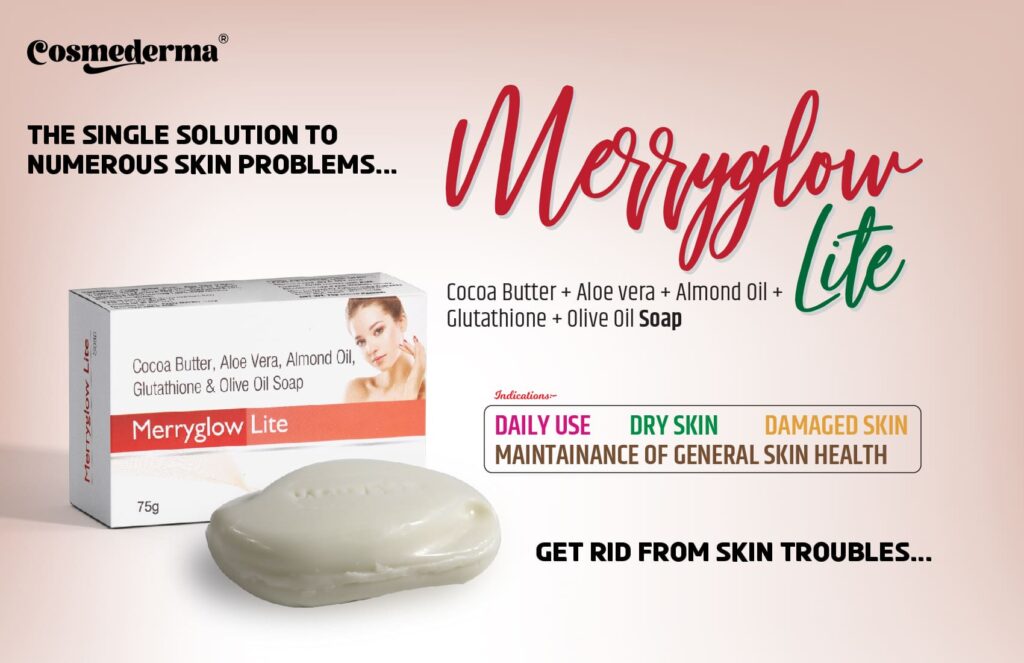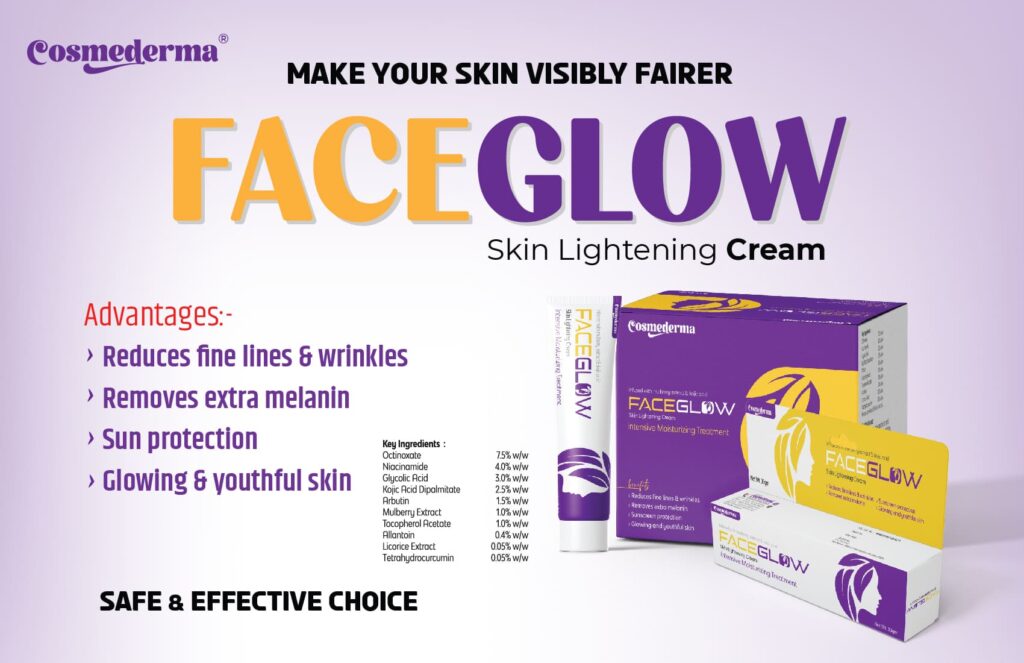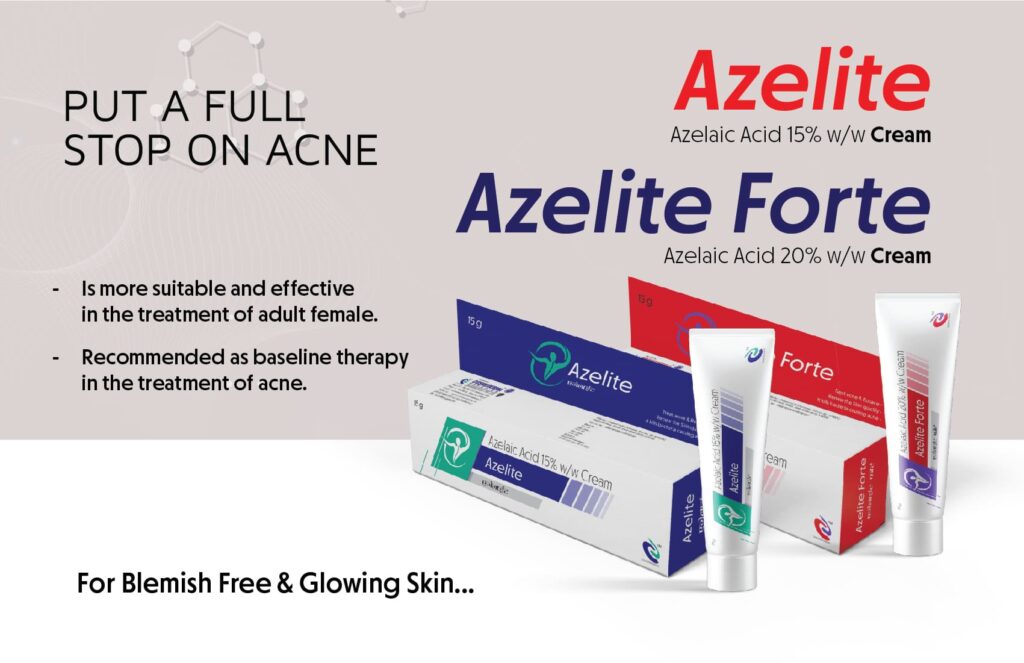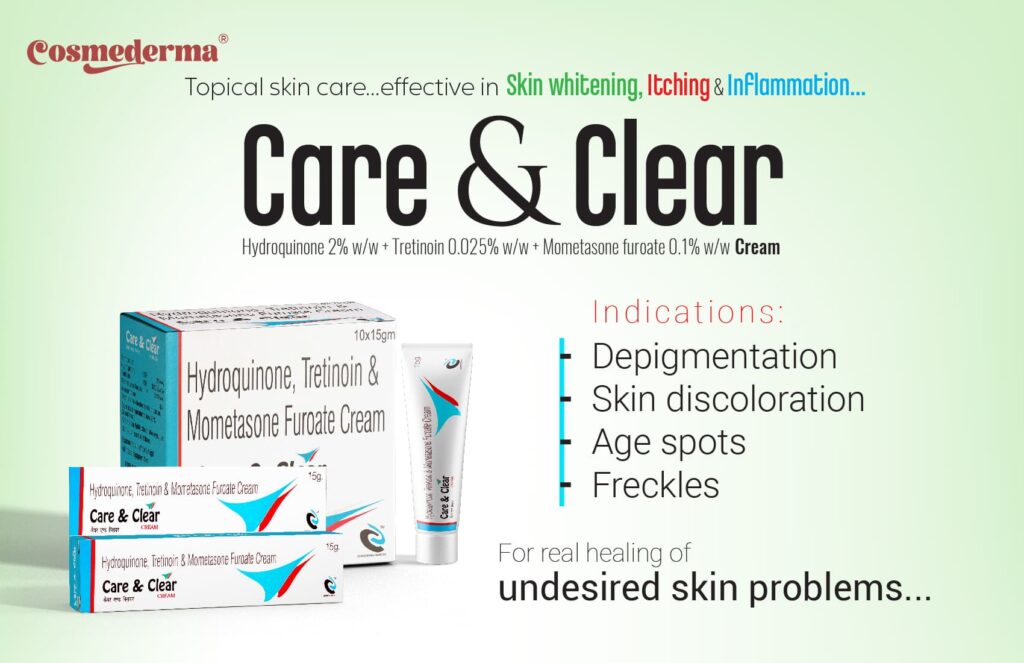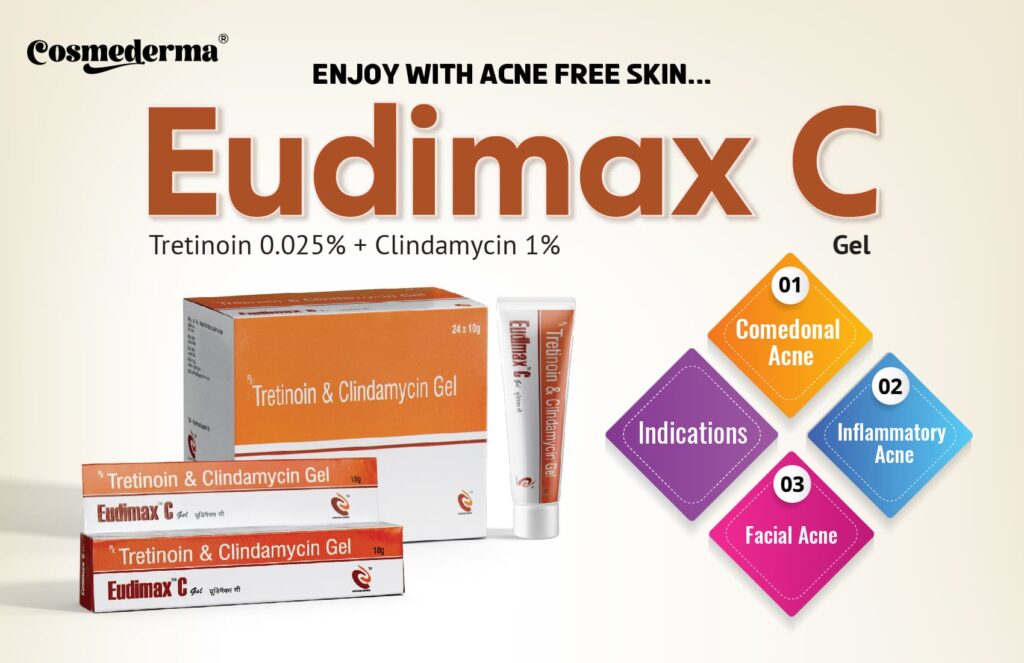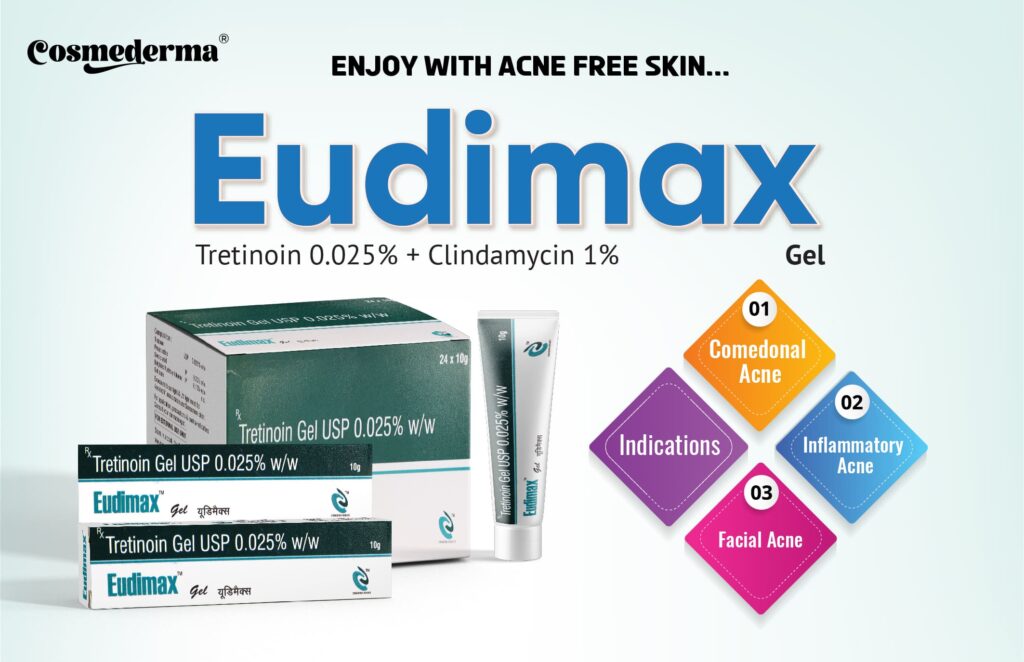Pigmentation & Melasma 
Home » Pigmentation & Melasma
Overview
Pigmentation and melasma are common skin conditions related to the production and distribution of melanin, the pigment responsible for the color of the skin. While pigmentation is a natural and essential aspect of skin health, issues can arise when melanin becomes distributed unevenly. Melasma, in particular, is characterized by the development of brown or grayish-brown patches on the skin, commonly on the face, due to an overproduction of melanin. This condition is often triggered or exacerbated by hormonal changes, sun exposure, and genetic factors. Pigmentation concerns can also include conditions like hyperpigmentation, which leads to darker spots or patches, and hypopigmentation, which results in lighter areas on the skin.Maintaining good hygiene, keeping the skin dry, and taking precautions to avoid contact with fungi in the environment are essential for preventing fungal infections.

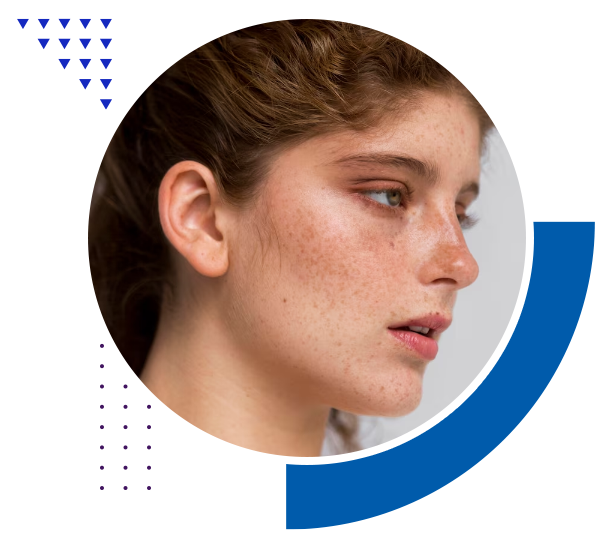
Causes and Risk Factors
Sun Exposure: Ultraviolet (UV) radiation from the sun is a significant factor in the development of pigmentation issues. Exposure to the sun can stimulate the production of melanin in the skin.
Hormonal Changes: Hormonal fluctuations play a crucial role in melasma, especially in women. Pregnancy, birth control pills, hormone replacement therapy.
Genetics: A family history of pigmentation issues can increase the risk of developing conditions like melasma. Genetic factors can influence an individual’s susceptibility to these conditions.
Skin Type: People with darker skin types, especially those of Asian, Hispanic, and African descent, are more prone to melasma. They have higher melanin levels, which can become overactive in response to triggers.
Medications and Cosmetics: Some medications, particularly those with photosensitizing effects, can contribute to the development of pigmentation issues.
Melasma is a common skin condition characterized by the development of dark, irregularly shaped patches or areas of hyperpigmentation on the skin.
PIH is a type of hyperpigmentation that occurs after the skin experiences injury, inflammation, or trauma. Common causes of PIH include acne, cuts, burns, and other skin conditions.
Freckles are small, flat, brown spots that can occur due to genetics and sun exposure. They are typically more apparent in individuals with fair skin.
Albinism is a genetic condition characterized by a complete lack of skin, hair, and eye pigmentation. Individuals with albinism have very fair skin, white hair, and pinkish eyes.
These are flat, light brown birthmarks that may be present from birth. They can vary in size and number.
Vitiligo is a condition characterized by the loss of pigmentation, leading to the development of white patches on the skin. It is an autoimmune disorder.
Types of Pigmentation & Melasma
Melasma: Melasma is a common skin condition characterized by the development of dark, irregularly shaped patches or areas of hyperpigmentation on the skin.
Post-Inflammatory Hyperpigmentation (PIH): PIH is a type of hyperpigmentation that occurs after the skin experiences injury, inflammation, or trauma.
Freckles: Freckles are small, flat, brown spots that can occur due to genetics and sun exposure. They are typically more apparent in individuals with fair skin.
Café-au-lait Spots: These are flat, light brown birthmarks that may be present from birth. They can vary in size and number.
Vitiligo: Vitiligo is a condition characterized by the loss of pigmentation, leading to the development of white patches on the skin. It is an autoimmune disorder.
Albinism: Albinism is a genetic condition characterized by a complete lack of skin, hair, and eye pigmentation. Individuals with albinism have very fair skin, white hair, and pinkish eyes.
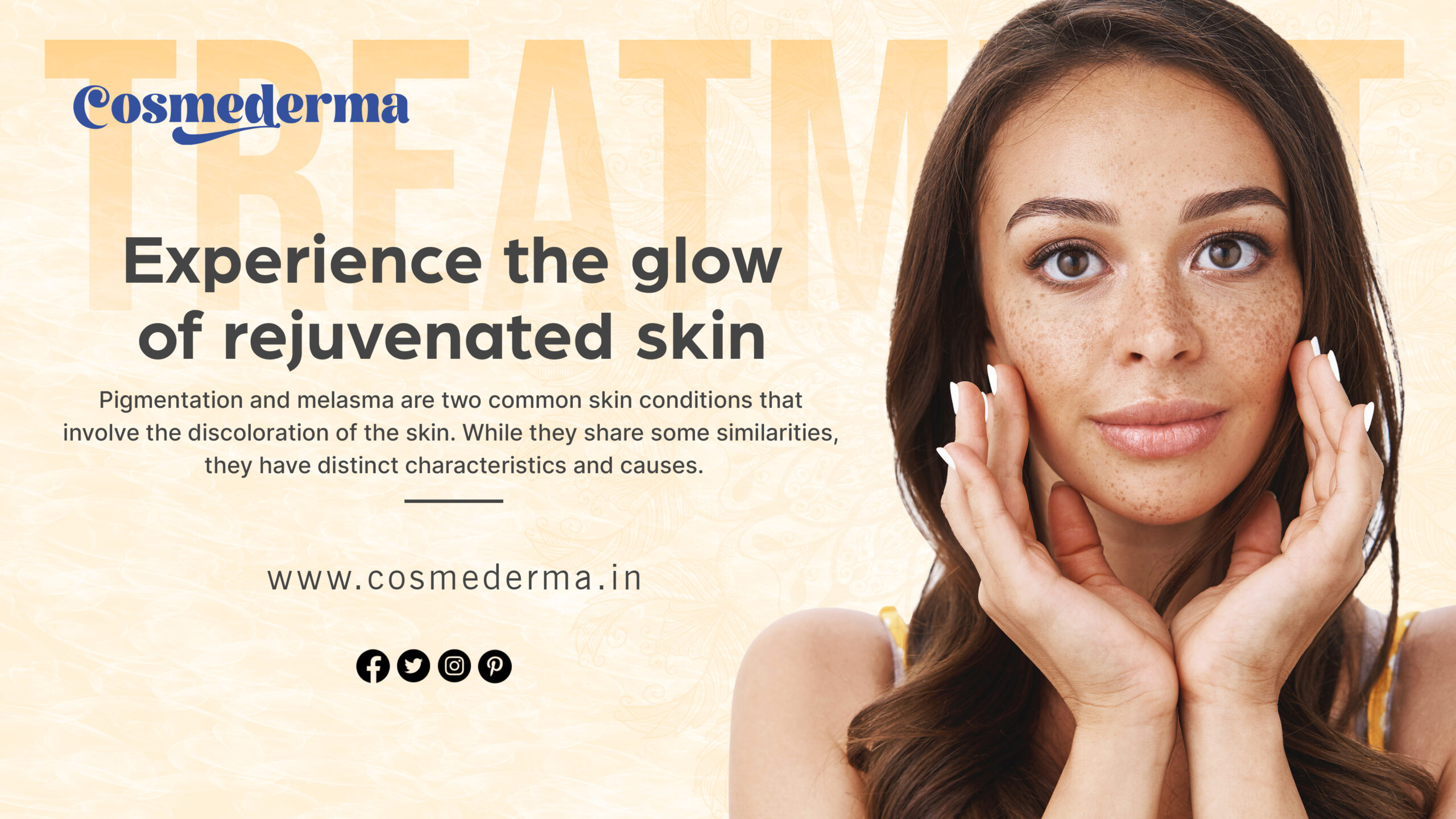
Solution From Cosmederma
-
Ascoglow Vitamin CRated 0 out of 5
-
Niaforte SerumRated 0 out of 5
-
TrexoGlo Brightening FaceRated 0 out of 5
-
Hydroquinone, Tretinoin, andRated 0 out of 5
-
Glutathione 600 MgRated 0 out of 5
-
CUTIVANCERated 0 out of 5
-
Glutathione, Squalane, TranexamicRated 0 out of 5
-
HYDQRated 0 out of 5
-
X-BLISS CREAMRated 0 out of 5
-
Merryglow LiteRated 0 out of 5
-
Adapalene 0.1% +Rated 0 out of 5
-
Scarlox LotionRated 0 out of 5
-
WitglowRated 0 out of 5
-
Faceglow Cream :SkinRated 0 out of 5
-
AzeliteRated 0 out of 5
-
Hydroquinone + MometasoneRated 0 out of 5
-
Edlair BRated 0 out of 5
-
Edlair CRated 0 out of 5
-
Eudimax CRated 0 out of 5
-
Tretinoin 025% w/wRated 0 out of 5

